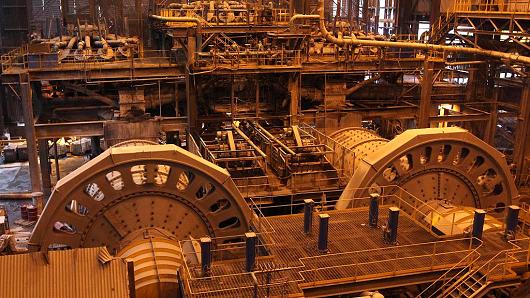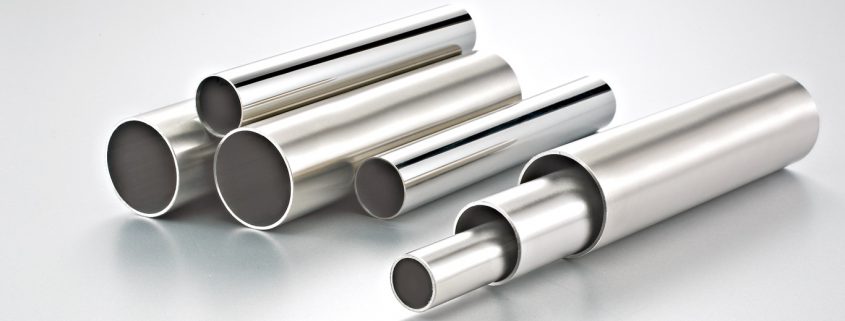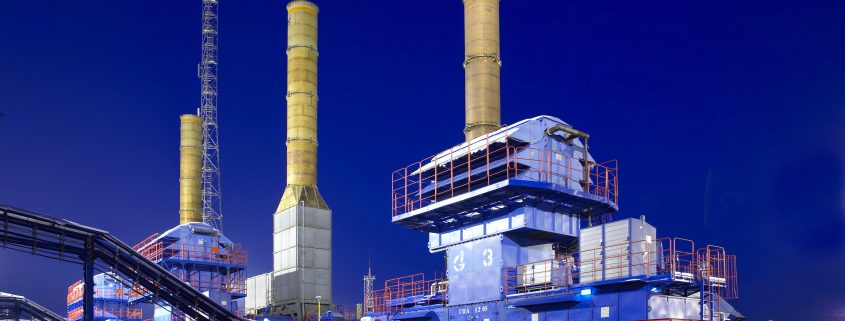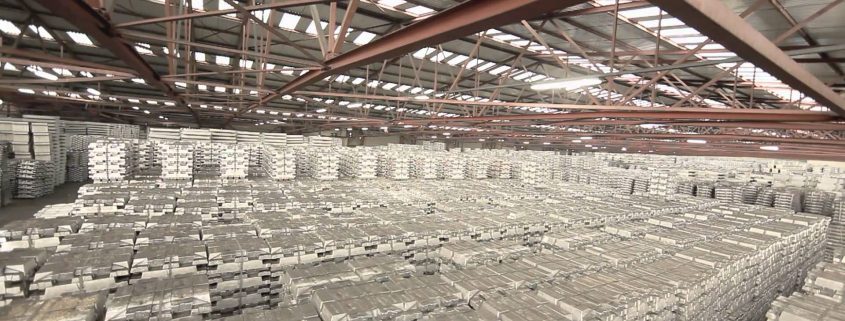Base Metal Markets – August the 23rd
Wednesday, the 23rd of august – Top 5 things to be aware of:
- Trump’s policy focusing on different fronts
- Worldwide manufacturing data shows resilience; U.S. in focus
- Mario Draghi avoids policy indication ahead of Jackson Hole
- Risk interested wavers standing in front of Central Bankers
- Oil prices trading lower
Volatility of Metals
Metal prices are following some very inspiring movement these days. The early morning trade on LME today went this way:
We are speaking about morning trade:
This comes after yesterday’s split performance.

When lead led the gains with a 3.2% rally, nickel prices closed up 1% and copper closed up 0.2%. The rest were led lower by a 0.8% decline in tin prices. (Fast Markets data in numbers)
Speaking about precious metals, the prices are up across the board this morning by an average of 0.3%. Inspired by a 0.4% rise in silver prices, spot gold prices are up 0.2% at $1,285.86 per oz. This follows a down day on Tuesday when the complex closed off 0.6% on average, led by a 1% fall in palladium prices. (FM)
SHFE today
Observing the morning trade on the SHFE, the base metals complex is for the most part weaker with prices off an average of 0.4%. Led by a 1.7% drop in tin prices, aluminium and zinc prices are off 1.1% and copper prices are off by 0.1%.
Pointing at 51,570 yuan ($7,739) per tonne.
Bucking the trend are lead and nickel prices, up by 1.5% and 0.1%, respectively.
Other metals in China are showing some down movement. SHFE rebar prices are down 4.9% and iron ore prices on the Dalian Commodity exchange are down 3.7% at 580 yuan per tonne on the January 2018 contract. The gold and silver prices on SHFE are both down 0.4%.

International Markets
In international markets, spot Brent crude oil prices are up by 0.2% at $51.71 per barrel. The income on US ten-year treasuries is firmer at 2.21%, and the German ten-year bund yield is at 0.40%
Indexes
In the end, observing the Indexes and their market movement:
Firstly, the Hang Seng Index is up (+0.9%), the Nikkei (+0.2%), the CSI 300 (0.1%). All of these are higher, while the ASX 200 is off 0.3% and the Kospi is off 0.1%. In the USA, the Dow Jones closed up 0.9% at 21,799.89 and in Europe, the Euro Stoxx 50 closed up 0.94% at 3,455.59.
(Exact Numbers in the Article coming from the Fast Markets.)












 Observing the copper prices and their movement, we also notice the important inclines. From may’s high of about 5786, to august’s high of 6596. Freeport power plant in Indonesia was currently hardly affected by floods taking place there. Due to these floods, one of the workers is missing.
Observing the copper prices and their movement, we also notice the important inclines. From may’s high of about 5786, to august’s high of 6596. Freeport power plant in Indonesia was currently hardly affected by floods taking place there. Due to these floods, one of the workers is missing.


 The EU executive is not likely to bow to pressure from Gazprom’s foes and scrap the deal, underlying the thaw in business ties between the bloc and Russia despite tensions over Ukraine and Syria.
The EU executive is not likely to bow to pressure from Gazprom’s foes and scrap the deal, underlying the thaw in business ties between the bloc and Russia despite tensions over Ukraine and Syria.
 U.S. benchmark cut the losses to fewer than 2%. Observing the first 4 days of the week it was slightly oscillating, then it plummeted for 4.8% on Thursday.
U.S. benchmark cut the losses to fewer than 2%. Observing the first 4 days of the week it was slightly oscillating, then it plummeted for 4.8% on Thursday.

 After a while, they went into a bruising fight. Now, finally, they are talking, although with opposing agendas.
After a while, they went into a bruising fight. Now, finally, they are talking, although with opposing agendas. After what happened, OPEC is preparing a trip for its officials. Aiming to visit Texas in order to check if it is possible for two industries to co-exist. Because if some new co-existing spirit is suffocated, the major future fights are near.
After what happened, OPEC is preparing a trip for its officials. Aiming to visit Texas in order to check if it is possible for two industries to co-exist. Because if some new co-existing spirit is suffocated, the major future fights are near.









 OPEC countries agreed on May 25th about extending the output cuts. However, this had a huge fast impact on Oil prices in negative way. The hedge funds reacted right away, and the global oil price went lower than predicted.
OPEC countries agreed on May 25th about extending the output cuts. However, this had a huge fast impact on Oil prices in negative way. The hedge funds reacted right away, and the global oil price went lower than predicted.